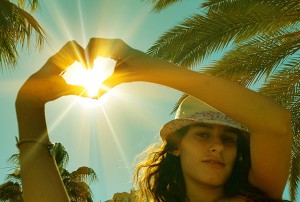
We love the sun, but the sun doesn’t always love us.
Okay, I will admit it; I am trying to scare you. The big, bad summer is here and with it comes the threat of too much heat, too much sun, and the danger and risk that accompanies both. You might say, “I know, I know. I wear sun block” or “I’ll become prematurely aged and get skin cancer someday.”
If aging and cancer were the only things showing up in my office as the downside of having fun in the sun, it wouldn’t be so bad. But it doesn’t end there, unfortunately.
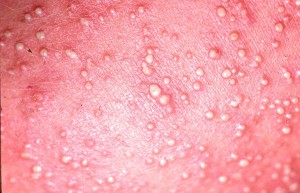
Overheating can result in prickly heat which usually appears on the clothed regions of the body.
Remember your mother’s warning, “You’ll go blind!” if you did certain things? Well, long-term sun exposure can cause exactly that, with corneal opacities. The cornea of the eye thickens and whitens, creating a cataract. Even though cataract surgery is routine and predictably successful, it’s best to avoid if you can. That means wearing polarized lens sunglasses at all times when the sun is out. I recommend wearing them especially when driving or doing outdoor sports. (A side benefit is less crow’s feet from squinting in the bright sunlight).
One of the acute, sudden effects of summer in the desert is prickly heat, or miliaria. It is caused by overheating of the skin and overexposure to the sun. It usually surfaces on the clothed regions of the body like armpits, back, upper chest, groin or abdomen, which can throw you off, since those are not the primary areas of sun exposure. It can present as tiny blisters spread over the top of the arms, neck and back. Anyone can get it at any age, from infants in incubators to elderly, bedridden patients with high fever and inadequate temperature control. It begins with excessive perspiration, which tends to damage the cells on the surface of the skin. This forms a barrier and traps the sweat beneath the skin, resulting in characteristic bumps. When these bumps burst, sweat is released causing a prickly, stinging, or burning feeling.

Polarized sun glasses are an essential desert accessory.
For desert dwellers, the way to avoid prickly heat is to use sunscreen with a minimum SPF15 (30 is even better) applied at least 20 minutes prior to going out in the sun, and reapplied hourly. Be especially careful in humid environments and avoid strenuous physical activity. Wear loose fitting, breathable cotton or natural fiber clothing and a wide-brimmed hat to protect your skin against the sun. Drink a lot of water. If you aren’t going to the bathroom every hour or so, you are not drinking enough. And as always, don’t let things go too far before seeking medical help if the symptoms arise.
Another consequence of too much sun and heat is sun allergy. It affects sun sensitive people, and you probably already know who you are if you are one of those at risk. I often see a bright red V-shape or redness on the neck and outer part of the legs in people with sun allergy. I usually see it in visitors to the desert who aren’t used to our intense June, July and August sun. The sun causes changes in the skin to which the body reacts, as if it is foreign material. Then the allergic response begins. Steroids are the usual remedy.

Many foods contain vitamin D, however, supplementation is recommended.
I am not saying all sun is bad. The sun helps your skin form essential vitamin D. But there are other ways to get this important vitamin such as in food rich in vitamin D like salmon and fortified milk. The recommendation for supplemental vitamin D is 600 International Units (IU) daily for all age groups between 1 and 70 years old.
So play outside. I am a big fan of regular exercise, both indoors and out. But definitely watch out for these lesser known dangers of sun and heat.
Dr. Chopra is medical director of The Plastic Surgery Institute in Rancho Mirage and can be reached at (760) 568.2211. For more information, visit www.plasticsurgeryranchomirage.com.

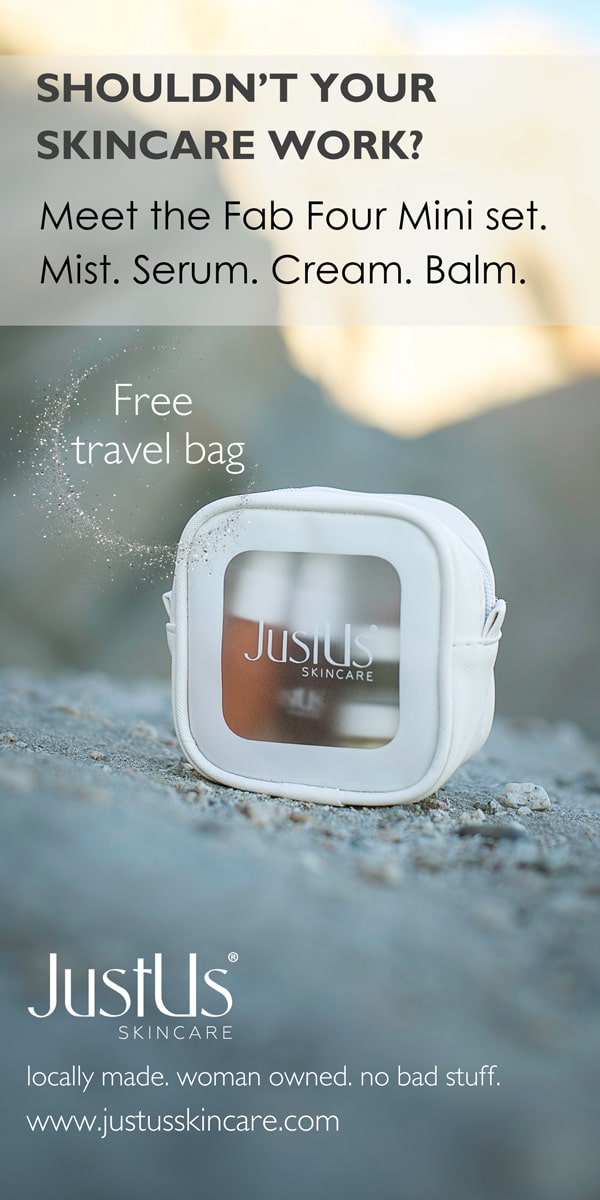







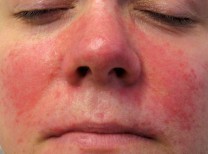

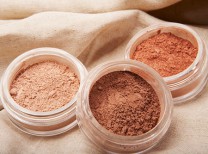
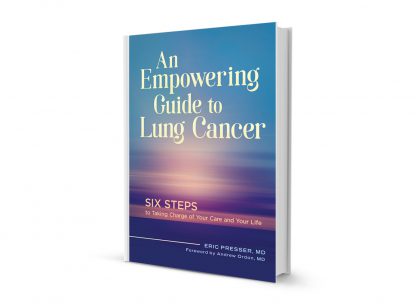
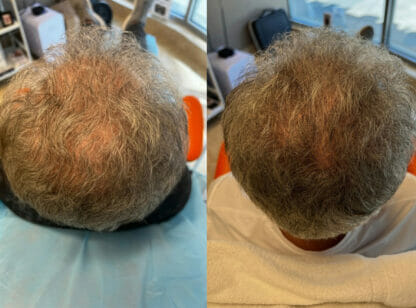
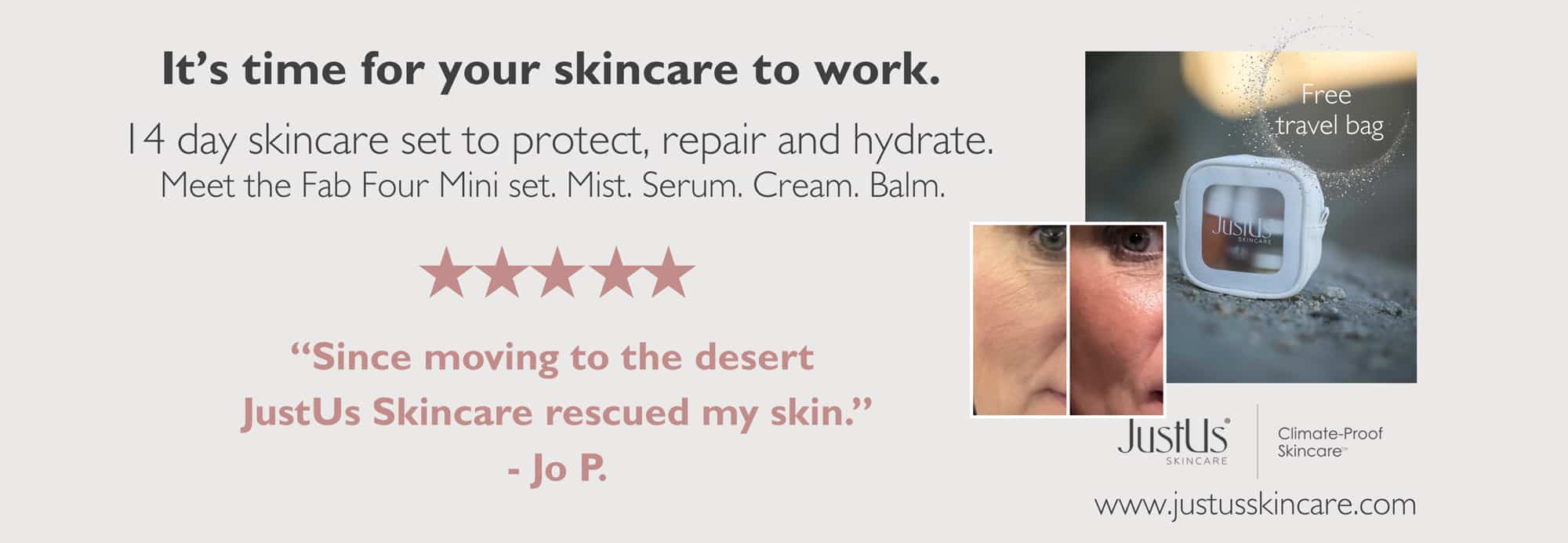




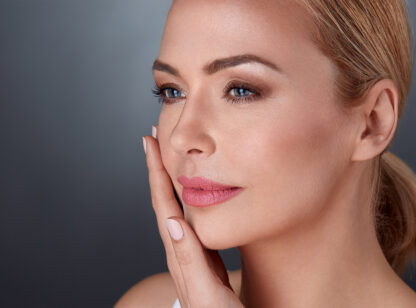




























Comments (0)